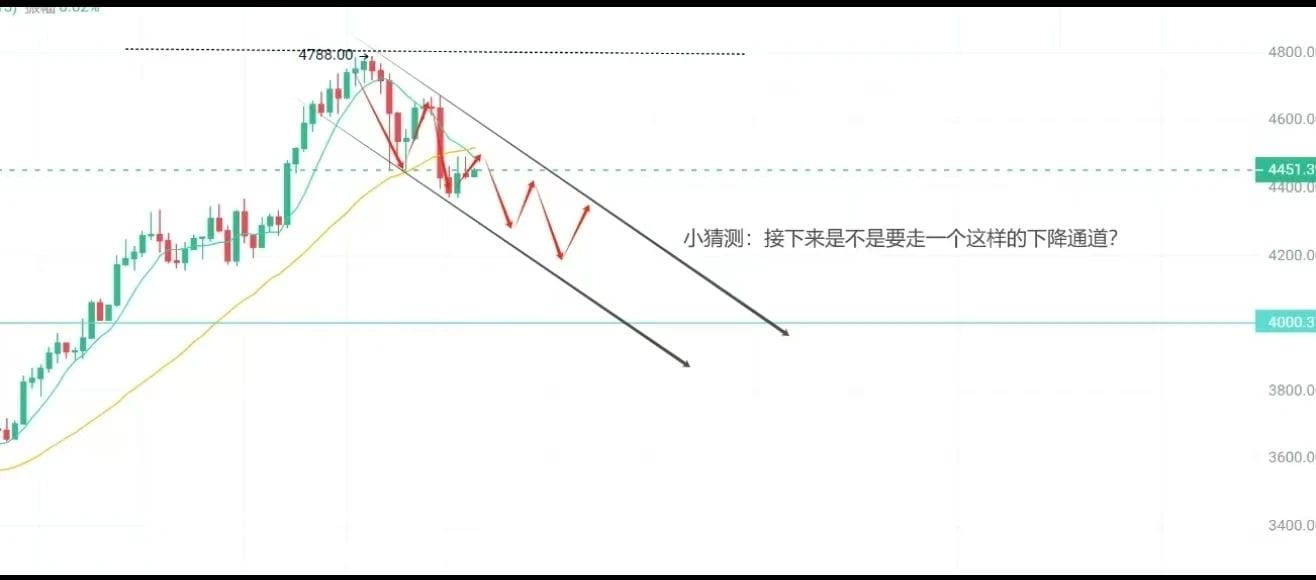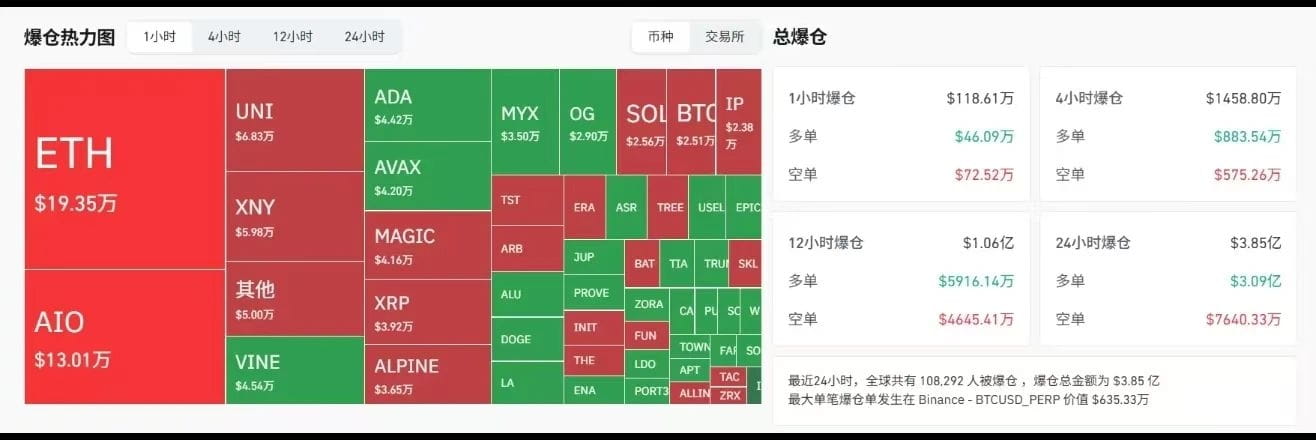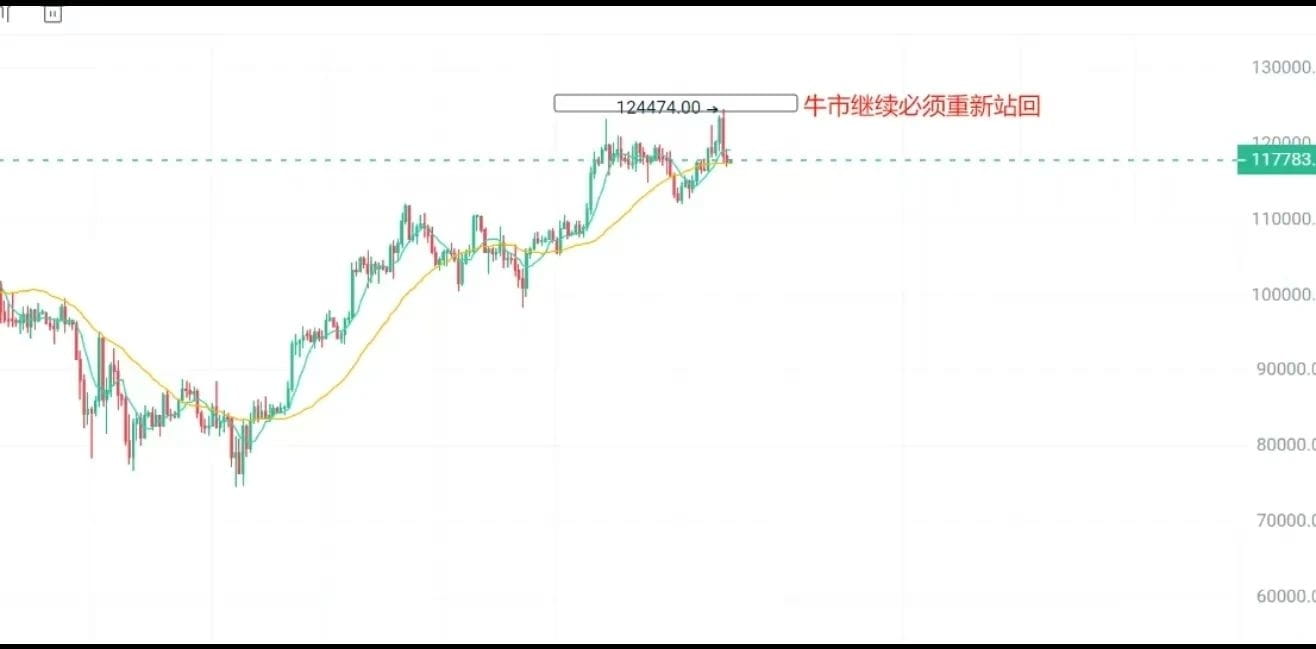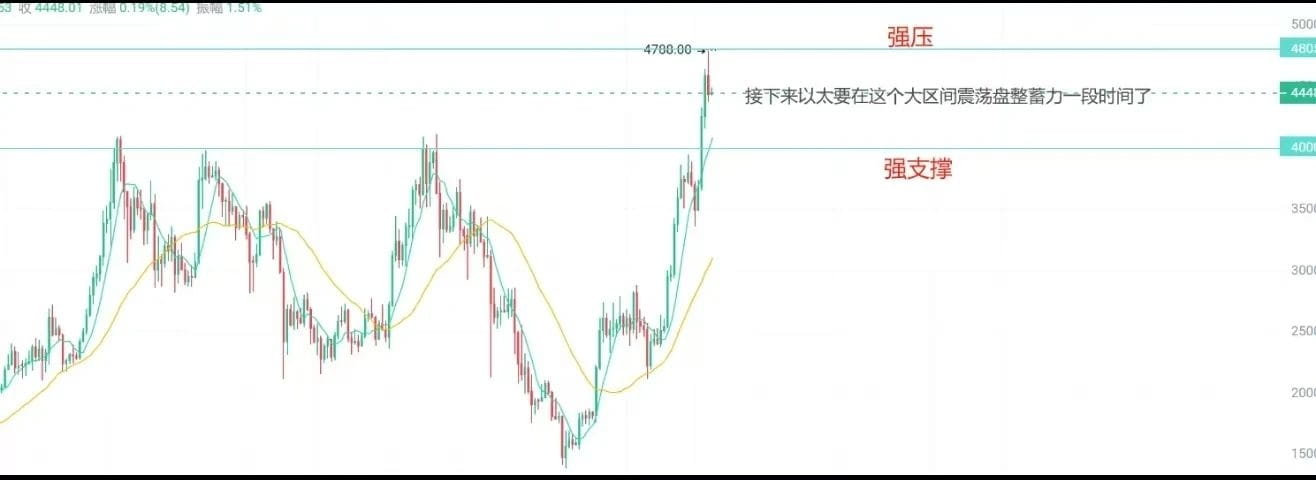The market trend over the weekend remains thrilling; this wave of decline can be regarded as one of the largest corrections since the start of the 'treasury bull market.'
Bitcoin (BTC) has fallen from a historical high of $124,400 to $116,700, while Ethereum (ETH) has slid from nearly its previous high of $4,788 to $4,374.
What's even worse is altcoins; they always lag behind when rising and run faster than anyone when falling.

The past three days have seen continuous declines, a typical 'daytime surge, nighttime crash' washout tactic. Especially for altcoin holders and 'contract' holders, this time may be the most damaging.

The change in altcoin logic
In the history of the crypto market, altcoins are often seen as Bitcoin's 'amplifier': they rise quicker and fall harder; although there is no risk of liquidation, the volatility is comparable to leveraged trading.
But this time the situation is different. In the past, after mainstream coins surged, altcoins would also see a rebound; however, this round of market activity has been affected by ETF, coin stocks, and the diversion of funds into new on-chain assets, leading to the dilution of speculative funds. The altcoin season has painfully turned into a 'sacrificial offering.'
The impact of inflation data
Behind this round of decline, macro data is the biggest driving force. The latest PPI data for July has skyrocketed from 2.6% to 3.7%, an astonishing increase. It's important to note that this is just July's data, and with Trump's tariff policies coming into effect in August, inflation may rise further.
Many people are puzzled: Why is CPI unremarkable while PPI is skyrocketing?
The answer is simple: PPI reflects production costs, while CPI reflects consumer prices. When production costs rise first, they will eventually be transmitted to the consumer side, thus PPI often serves as a 'warning light.' Once it lights up, it indicates that CPI is likely to rise in the future.
The uncertainty surrounding the Fed's interest rate cuts has emerged: with rising inflation, will the Fed cut rates in September? From the interest rate market perspective, the probability of a rate cut still exceeds that of no cut, primarily due to the continuous weakening of employment data. However, high inflation indeed casts a shadow over rate cuts, and short-term market fluctuations may be more intense. We need to closely monitor two key points:
'The special Fed meeting' takes place at 3 AM
Jackson Hole Annual Meeting (August 22) — This meeting almost determines the tone of the Fed's policy for the next six months. Therefore, the market is likely to enter a 'wait-and-see period' next week, with trading volume noticeably decreasing.
The core logic of Bitcoin: watch M2
The rise and fall of Bitcoin ultimately ties back to the global money supply (M2). Historical patterns:

M2 expansion → BTC often follows suit 1-2 months later
M2 contraction → BTC is highly likely to correct
Currently, M2 has ended its six-month rise and is beginning to stagnate or even slightly decline. This means BTC may experience range fluctuations, waiting for the next wave of 'liquidity' to initiate a major upward trend.
The bottom support of ETH
In the long term, ETH still has strong support.
Institutions are continuously buying in with fiat financing, leaning towards long-term holding;
The decline in ETH holdings on exchanges indicates that whales are continuously withdrawing coins, which is usually a positive signal.
In the short term, pay close attention to the strong resistance level at $4800; consider taking profits as it approaches, or even lightly shorting. Meanwhile, most ETH is in a staked state; unlocking requires 5-10 days, so next week will be the real test for selling pressure.

Key technical levels
BTC: As long as the neckline below does not break, the bull market structure remains; once it breaks and cannot recover, it may form a 'double top' pattern, requiring caution.
ETH: Focus on the $4800 resistance level and on-chain unlocking pressure.
Operational suggestions
When trading cryptocurrencies, do not set rigid targets for yourself, as this can lead to errors due to excessive pressure. Following the trend is key:
M2 expansion → dare to be bullish
Consolidation period → patiently wait
In a bull market, corrections are not scary; what is scary is having no plan. Don't easily over-invest in altcoins, and don't fantasize about getting rich overnight with easy gains. There will always be the next round of market activity; preserving capital is essential to wait for the real upward trend.
The bull market is not over; we still have plenty of opportunities, so don't be frightened off by short-term fluctuations.